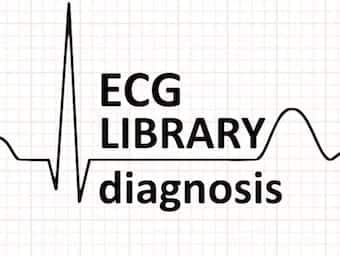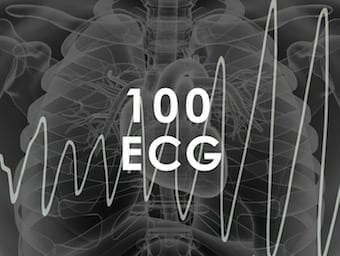
Lewis lead
The Lewis lead configuration can help to detect atrial activity and its relationship to ventricular activity. Named after Welsh cardiologist Sir Thomas Lewis (1881-1945) who first described in 1913.

The Lewis lead configuration can help to detect atrial activity and its relationship to ventricular activity. Named after Welsh cardiologist Sir Thomas Lewis (1881-1945) who first described in 1913.

In patients with AF and pre-excitation, the presence of an accessory pathway allows for rapid AV conduction, with a risk of degeneration into VT and VF

Atrial fibrillation (AF) is the most common sustained dysrhythmia and is characterised by disorganised atrial electrical activity and contraction resulting in an "irregularly irregular" ventricular response ("fibrillation waves")

75-year old patient presenting with palpitations. Describe and interpret this ECG. LITFL Top 100 ECG. sawtooth atrial flutter waves

Atrial flutter is a type of supraventricular tachycardia caused by a re-entry circuit within the right atrium